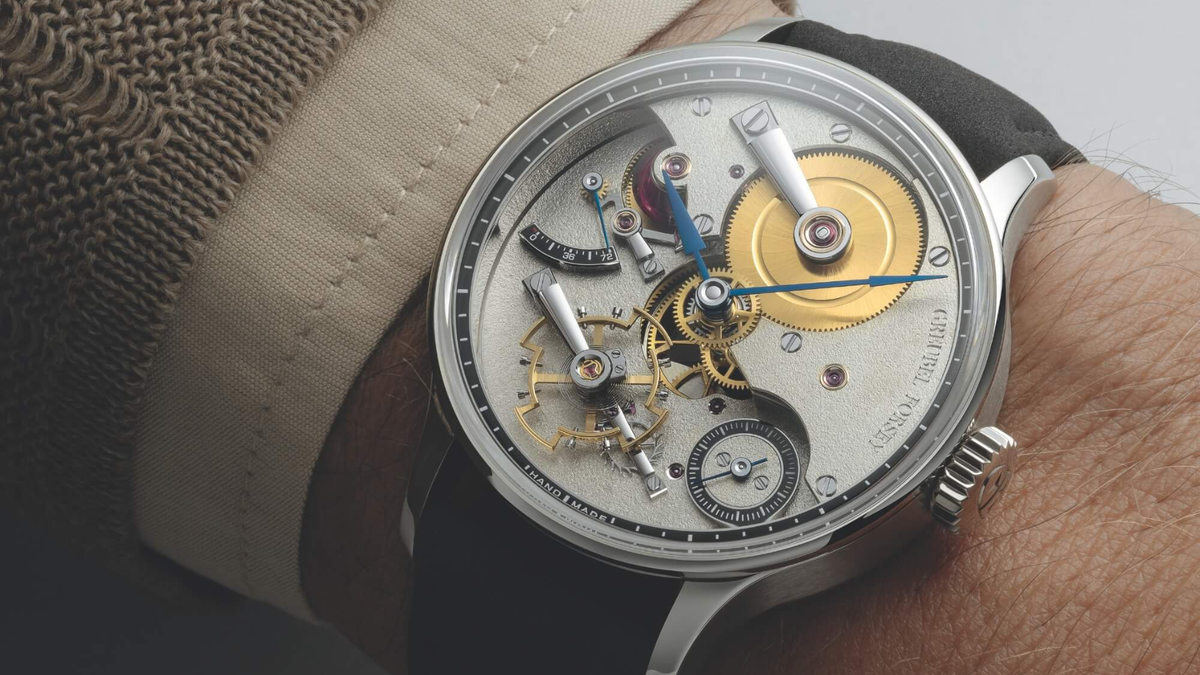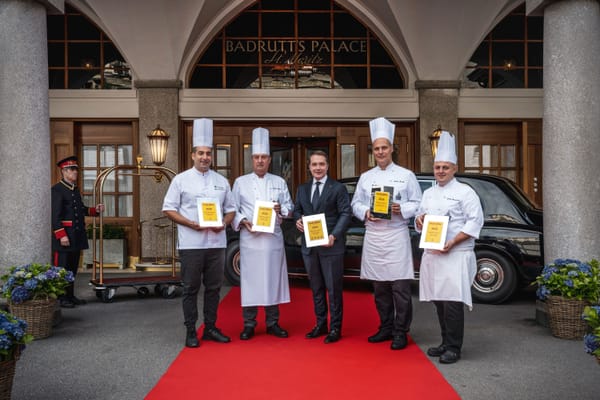The Watchmakers Who Measure Prestige in Microns
Prestige in watchmaking is not claimed but earned in microns, where craftsmanship and legacy meet in silent, meticulous perfection.

In haute horlogerie, prestige is not claimed. It is earned in microns.
At Akrivia, founded by Rexhep Rexhepi, hand-finishing is an art form measured by sight and feel.

Each case of the Chronomètre Contemporain undergoes more than 50 hours of manual bevelling, satinage, and black polishing.

Only natural light is used during finishing, as even the slightest inconsistency becomes obvious under such scrutiny.
At Greubel Forsey, the Double Tourbillon 30° is constructed with movement tolerances within 3 to 5 microns, tighter than a red blood cell.

Each surface is decorated by hand, with black-polished steel bridges and mirror-polished bevels revealing no tool marks.
Their Time Æon collaboration openly advocates for preserving handcraft in modern watchmaking.
Collectors are shifting their gaze—provenance, finishing pedigree, and artisanal integrity now rival brand prestige.

Auction houses like Phillips report record-breaking demand for watches from Philippe Dufour, Voutilainen, and F.P. Journe, where movement architecture and finishing detail are judged by loupe rather than logo.

In this echelon, owning a watch is not about timekeeping. It is about honouring a legacy of craftsmanship so refined, its excellence can only be seen through a microscope — and felt by those who truly know.






